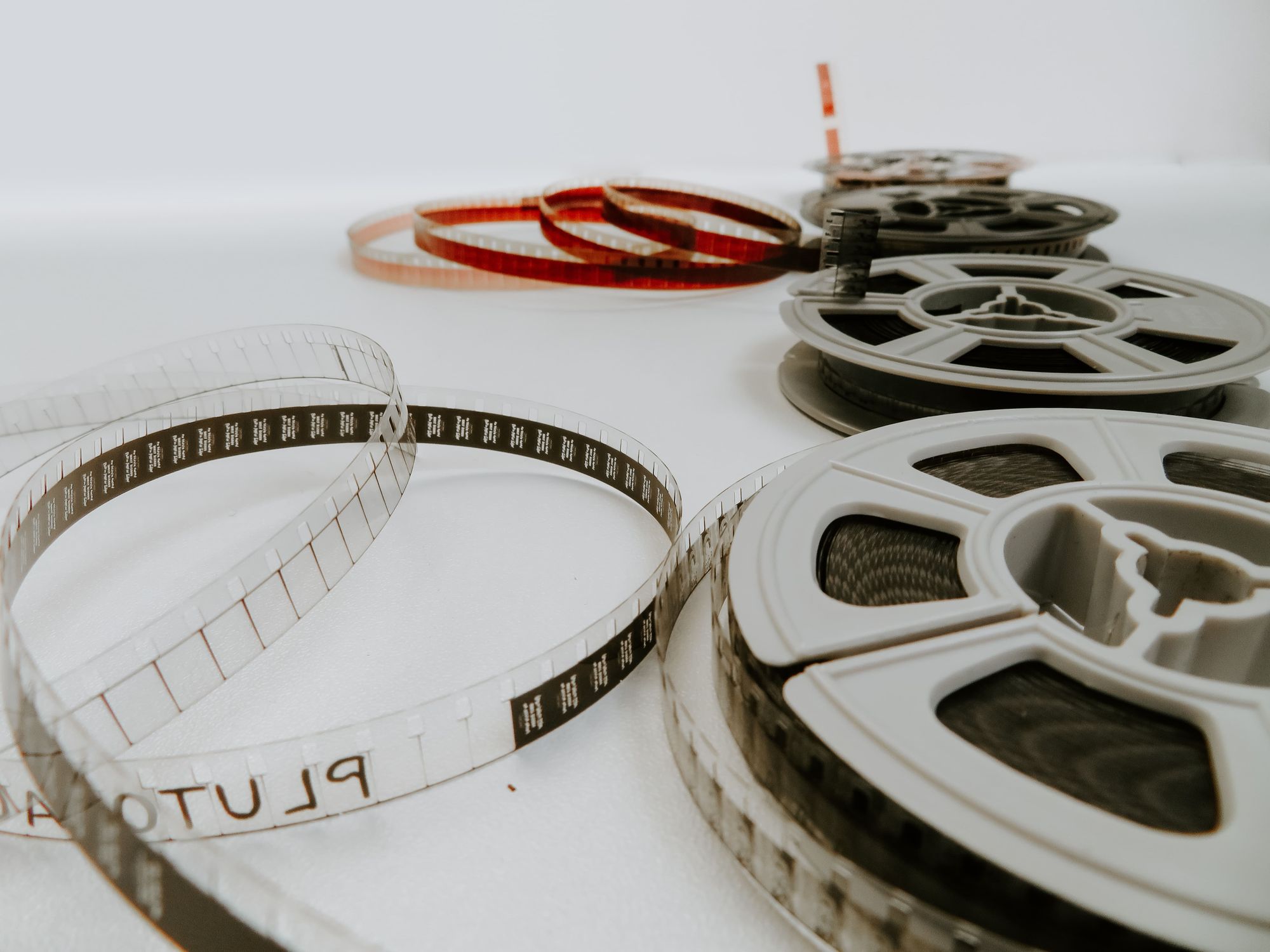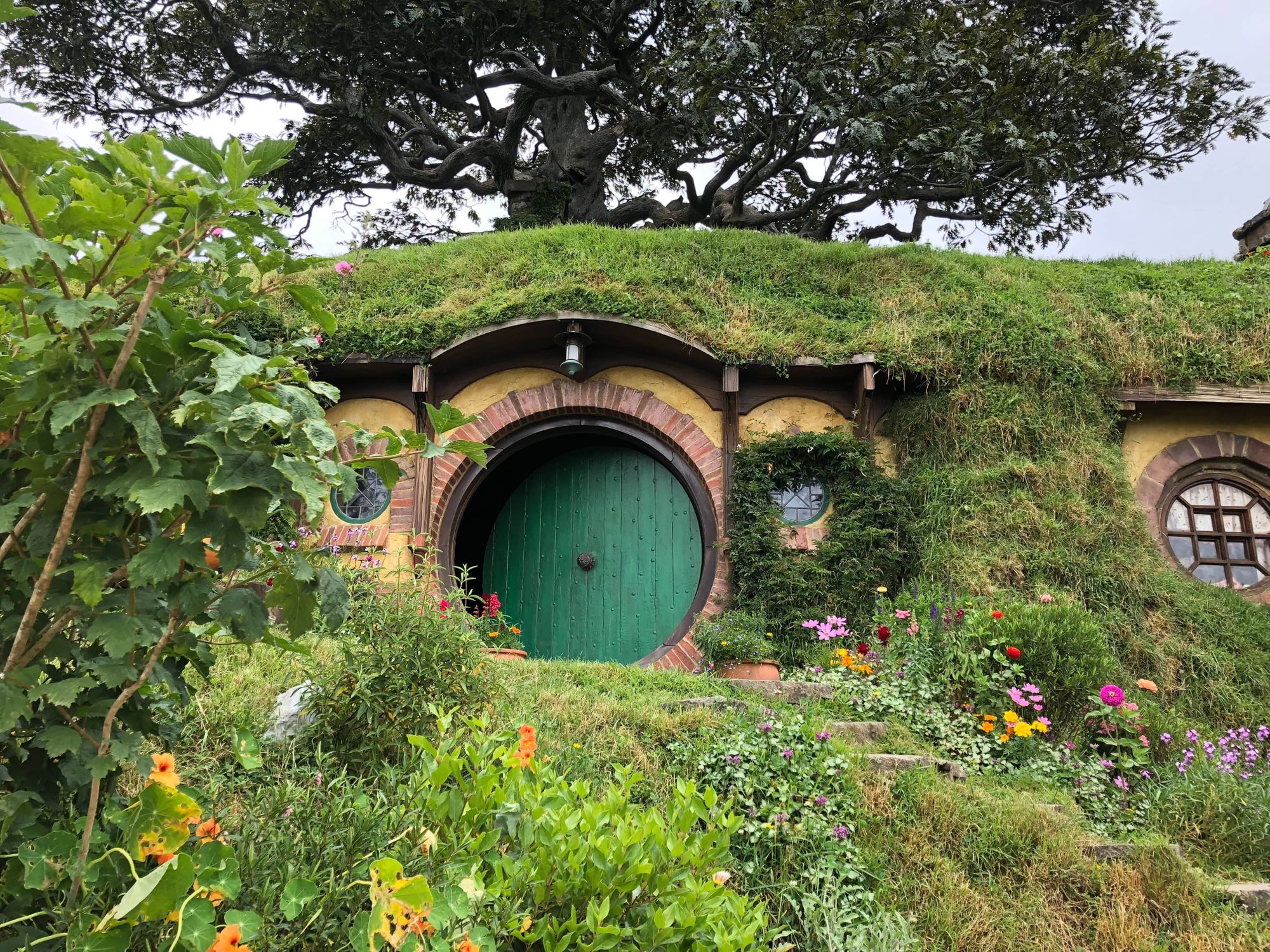Film Budget | How to breakdown production costs
Hire film gear from local filmmakers.

Hire film gear from local filmmakers.
Somewhere between hobby photographer and "and the Oscar goes to" lies a film production budget.
In every filmmaking project, big or small, lies the task of breaking down your production costs.
Before we start on all the fundamentals of doing film budgeting effectively, however, be sure you know the answer to the question:
What type of film am I making?
The filmmaking budget will highly depend on your answer to this question.
Perhaps you're looking to create an Indie film with a micro-budget, or maybe you're counting on casting all the Avengers and get on the Hollywood screens. As these two types of productions are pretty different, you will need to consider different aspects of your film budget.
However, whether you're joining the justice league or keeping to your DIY venture, you need to plan out a budget for your production.
Consider genre in your production budget
Doing a film budget should fit your film like a tailored suit (the Kingsman kind). When breaking down your script (we'll get to that), you'll see that different elements in the movie budget are not considered equally important depending on genre.
A horror film will most likely spend more money on makeup than a documentary, for example.
Now, let's get to how you do a production budget.
1. Break down the script
You might not have the production entirely planned out yet, but that's okay; you can still make a rather detailed and accurate film production budget – through your script breakdown.
To do a script breakdown, you first need to list all of your scenes. Next, the location you're planning to shoot them at – this together with a brief description of dialogue and the action taking place in each scene. Each shoot day translates to money. So, try to estimate how many days you'll shoot.
Consider how many hours per day you and everyone else will be working (10-12 hours per day with a one-hour lunch break is standard in filmmaking). And, how fast will you be filming? Low budget movies will typically be able to do around 20 or more short per day. In contrast, the high-quality movies usually only get 5-10 (why do you think Avatar 2 hasn't been released yet?).
Having at least an idea of how many production days you need will help a great deal with your film budget planning.
2. Think in film budget categories
Typically, a movie budget divides into four categories.
- Above-the-line
- Below-the-line
- Below-the-line (post)
- Below-the-line (other)
Each category represents a stage somewhere in pre-production, production, post-production and distribution.

Pre-production costs (Above-the-line)
This category includes development costs, talent, and crew involved in the development phase. Screenwriters, producers, director and DOP, are, for instance, included in this category. Depending on the film, story rights may also need to be obtained (for example, if you are making an adaptation of a Nicholas Sparks book).
Production costs (Below-the-line)
All production costs, equipment and below-the-line labour are accounted for in this category. Almost everything is managed in this category: locations, permits, camera, grip, production design, costumes, catering, transport and accommodation, etc.
When thinking of hiring the rest of the crew, consider additional prep time for each role during pre-production. The size of your movie budget determines how big a team you can afford to have. Remember, the larger the crew, the slower the shooting days will become.
Post-production costs (Below-the-line)
The post-production category includes everything related to the post-production process. During post-production, the costs will vary depending on genre and if any computer effects are needed. Ideally, you hire your editor in advance, even during the pre-production stage. You need to calculate the amount of time and resources needed for post-production and editing. In general, it's reasonable to state that you can plan to budget three to five hours for rough editing of five pages of a script. Another three to five hours for revisions, colour, and minor effects – this is an overall estimate, however. Your movie might not need that much editing, or it might need even more.
Distribution costs (Below-the-line)
This final category includes costs related to the advertising and distribution of the movie.
In most film budget templates, the distribution costs of a film are not included. However, suppose you're an independent filmmaker; you don't want to be caught with your pants down when the bank comes knocking (neither literal nor figurative). So, having a distribution plan before making your film would be ideal.
3. Budget in cast wages

It's up to you to decide (potentially negotiate) how many actors you need and how much you will pay them.
Keep in mind that most actors will be getting paid by the recommended union rates, so you can also use these as guidelines. For big productions with a large film budget that intends to hire famous actors, their managers will most likely negotiate their rate.
Then you need to calculate the days you're planning to be shooting, maybe a few extra days, if any pickups are needed or prep days are required. For example, the cast of "High School Musical" didn't just step up and started breaking free without any rehearsal before the actual shooting. You might also wish to book your actors in for a few extra days of promotion, such as photography for the movie poster or interviews for the film.
4. Food, transport and accommodation
Whether you're doing a large film budget or small, it's expected that you'd feed the crew, as there's usually no time for them to leave the set. Especially not if the actors are in costumes and makeup – Edward Scissorhands doesn't go out to get shawarma. Have drinks, snacks, meals, and potentially accommodation for your crew if you're filming some secluded place or somewhere where the staff can take a nap from time to time.
5. Renting or subscribing to equipment
Camera equipment can quickly become one of the more expensive elements you include in your film budget. Luckily, there are cheaper options to acquire the camera equipment you need to ace your footage. Especially if your movie budget is limited, you can rent or subscribe to your needed camera equipment.
Depending on the size of your production, you'll need a proportional amount of excellent equipment. Whether that's the best camera for cinema or you want to try out iPhone filmmaking, you need to start scouting proper camera equipment.
Pro tip! Cooke lenses are well-known for the look they bring to the footage and is the reason so many of the top pro's are using them to create that Hollywood look. Try one of the award-winning Cooke lenses for your next project.
6. Include art design in your film production budget

Even low budget films need to set aside a certain amount of their film budget for art design. Try to go through each of your scenes, consider all of the props in each that you need to make, buy, rent, create in photoshop (however you want to do it). Then consider if any scenes need additional set design. I mean, the set design from "The Favourite" certainly took its fair share of money from the film budget.
Think about makeup, costumes, hair and so on. Is there anything that needs special attention and more resources? Special effects such as blood or wounds entail more time on the makeup chair and more $$.
7. Make room for overtime
Overtime hours are usually billed double after you hit those 12 hours of work, and yes, they will most likely happen. If these overtime hours are not budgeted for, it can cause significant troubles for everyone involved. Still, there should be room for them, as overtime hours usually are cheaper than having to add a whole shooting day.
8. Include a contingency reserve
The contingency amount represents the financial, let's call it, padding. That you set aside for unknown issues – believe me, there will be things we cannot account for beforehand (we're only humans, after all).
9. Budget for production insurance

Production insurance covers the production in case of any loss and damage. In most cases, it's a requirement to secure such permits. Throw in a worker's comp policy, and you're covered in case of any crew injuries.
You need an insurance policy to do most films; otherwise, you won't be able to get a permit.
Final film budget hacks
Start with the hard costs
When you start to put the numbers together, it's often easiest to begin with, the hard costs, as those are typically the most concrete to list. Your camera equipment is usually an excellent place to start. If you're renting a camera, you'll need to know how many days you'll need it and what other lenses, rigs, microphones, etc., you'll need.
Consider all costs
Once you've gone through the above-listed elements, you need to fill in the blanks by considering all costs involved. There are hard and soft costs everywhere in film production, from location fees to production insurance and meal services.
Make it easy to do a film budget
It can seem complex and time-draining, but it is worth it and can end up saving you a great deal of money. Head over to our free movie budget template to help you get going.
Film Budget FAQ
What is a low budget film?
A low budget film is a film with little to no funding from investors.
It usually gets shot with a volunteering crew. The gear is typically personally owned by the crew or rented at places like Wedio.
How do you shoot a low budget film?
- Plan the shootings precisely.
- Make an extensive budget for the expenses.
- Shoot as much as possible in a day.
How do you get a budget for a film?
You can budget your expenses through excel. We have made a template for just that here.
How do you finance a film?
The "easiest" way to finance a film is to find a producer with a good network.
You could also pitch your idea to various production companies or investors.






















